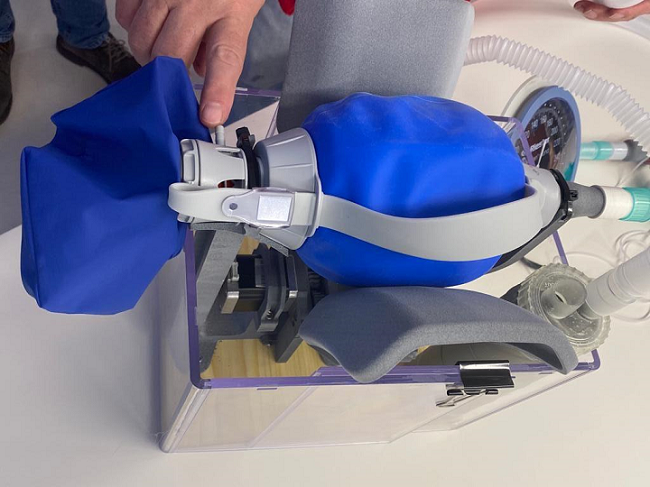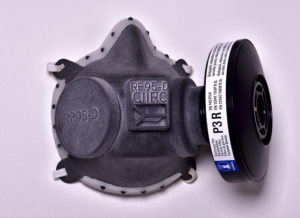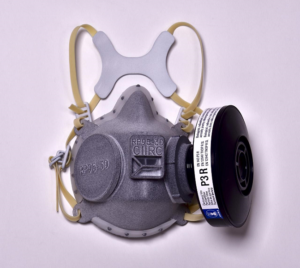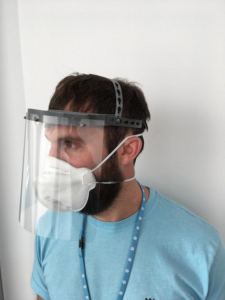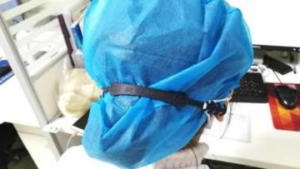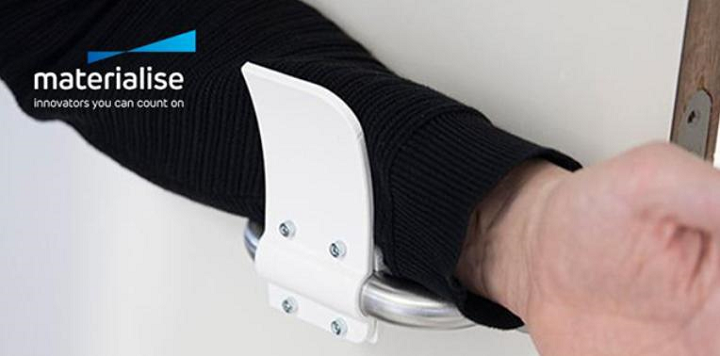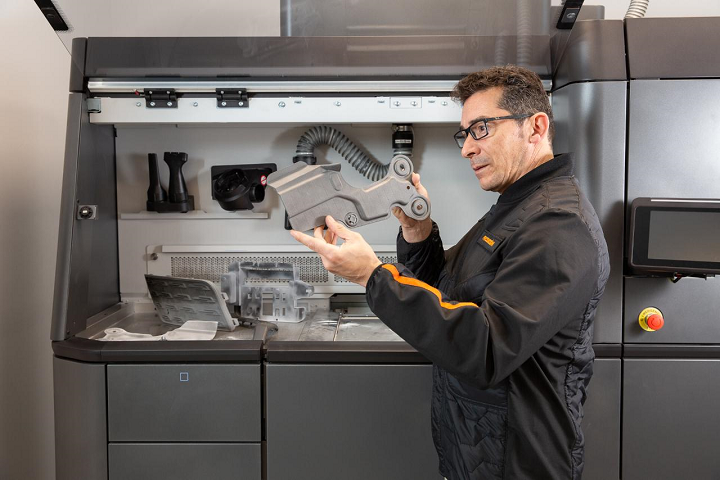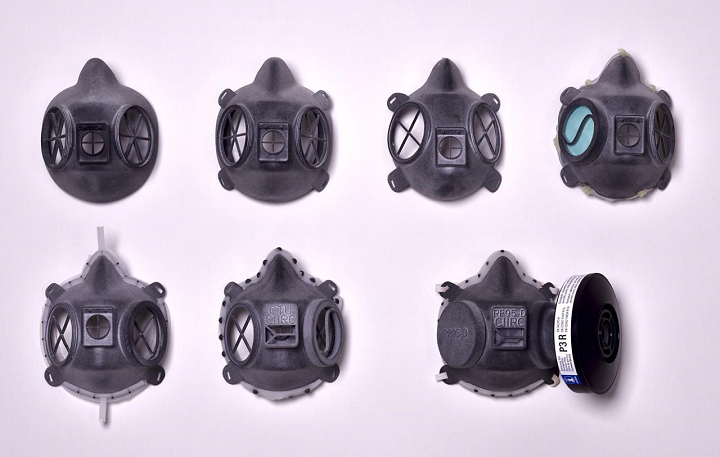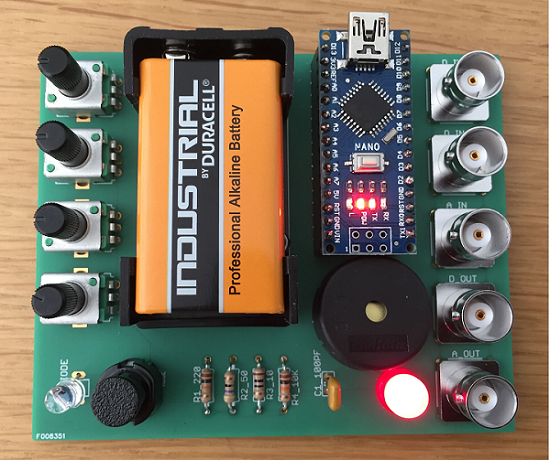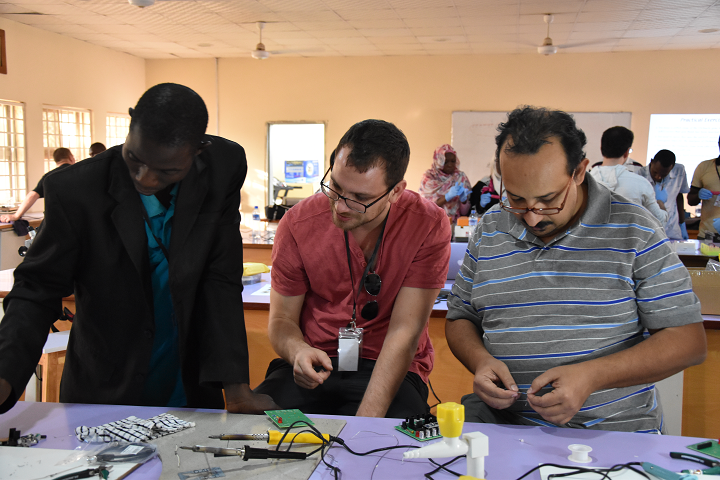Normally, this is the time of year when we’re fielding a constant flood of press releases, firming up travel plans, and starting to set interview schedules for the annual 3D printing extravaganza that is RAPID + TCT. But SARS-CoV-2, otherwise known as COVID-19 or the coronavirus, has changed all that. On top of nearly all major additive manufacturing shows in the near future (and the Tokyo Olympics) being canceled, the pandemic is wreaking havoc elsewhere as well.
According to the World Health Organization, there are currently close to 400,000 cases of the disease around the world, with that number rising every day, and we’ve all added the phrase “social distancing” to our vocabulary. On a personal note, I’m a frequent theatre volunteer, and the shows I was working on have either been postponed or canceled. Last night, I delivered groceries (though not toilet paper) to my 94-year-old grandparents since they’re not supposed to leave the house, waved to my mother from six feet away, and I’ve participated in numerous Zoom conferences and FaceTime calls with friends over the past week, since Ohio is under a “stay at home” order.
But, as the above quote from beloved American TV personality Fred Rogers says, you can always find people who are helping during the hard times. HP Inc. is one of those helpers: the company, along with its digital manufacturing community, is mobilizing its 3D printing experience, technology, production capacity, and teams to help find solutions for the worldwide battle against COVID-19.
“HP and our digital manufacturing partners are working non-stop in the battle against this unprecedented virus,” stated HP’s President and CEO Enrique Lores. “We are collaborating across borders and industries to identify the parts most in need, validate the designs, and begin 3D printing them. Our deepest appreciation goes to our employees, partners, customers, and members of our community for their tireless efforts to support the medical professionals making a difference on the front lines.”
HP’s worldwide network of digital manufacturing and production partners has stepped up to the plate to create and deliver 3D printed critical parts during this pandemic to help support the global health community, and more than 1,000 parts have been delivered to local hospitals already. The company’s 3D R&D centers in Washington, Oregon, California, and Spain are banding together, working with partners all around the world to ramp up production of these parts in order to help the healthcare sector meet the urgent needs of its many patients, and contain the spread of COVID-19, through 3D printing.
Because HP’s network of manufacturing partners is global, these 3D printed parts should be available to hospitals in any region in the world. The company is working with industry, health, and government agencies to make sure that the approach is effective and synchronized, and its partners are making many of their validated 3D design files available for download free of charge here. The available designs consist of parts that don’t require complex assembly, so that production can keep up its accelerated pace.
There are several important applications that have already been finalized for industrial 3D printing, such as respirator parts and nasal swabs. Another is a face shield, which is one of the personal protection items in high demand at the moment. A critical component of these shields are 3D printable brackets that help ensure a comfortable fit.
Hospital staff are often required to wear face masks for extended periods of time now. A 3D printed mask adjuster features a clasp that helps provide the wearer with some relief from ear pain caused by wearing their masks for so long.
One of the most germ-infested items in any hospital, home, or workplace is the door handle – just think how many different people have touched it in a 24-hour period! On second thought, maybe don’t think about it. But a 3D printed adapter makes it possible to easily open doors with your elbows: a hands-free option that obviously keeps things much cleaner.
Plenty of other 3D printed applications to help contain COVID-19 are currently in the testing and validation phase, and production for these should start in the coming days and weeks. One such example is the FFP3 face mask, which helps protect medical providers as they treat a higher volume of patients. HP is currently validating multiple hospital-grade 3D printable face masks, and they should be available soon.
A simplified design that requires 3D printed parts for a field ventilator is also being validated. The mechanical bag valve mask (BVM) was designed to provide short-term emergency ventilation to patients with COVID-19, and while it’s definitely an important application, the design makes the device simple yet strong, which helps speed up the production and assembly process.
3D designers who are interested in helping fight COVID-19 can visit this HP website to contribute ideas and applications. If you, or someone you know, would like to order parts that can help in the pandemic battle, or require support with application development, requests can be submitted here. Be safe, be smart, and stay healthy!
Discuss this news and other 3D printing topics at 3DPrintBoard.com or share your thoughts in the Facebook comments below.
(Images: HP, unless otherwise noted)
The post HP’s Partner Network Teams Up to Battle COVID-19 with Simple Designs & 3D Printed Innovations appeared first on 3DPrint.com | The Voice of 3D Printing / Additive Manufacturing.

